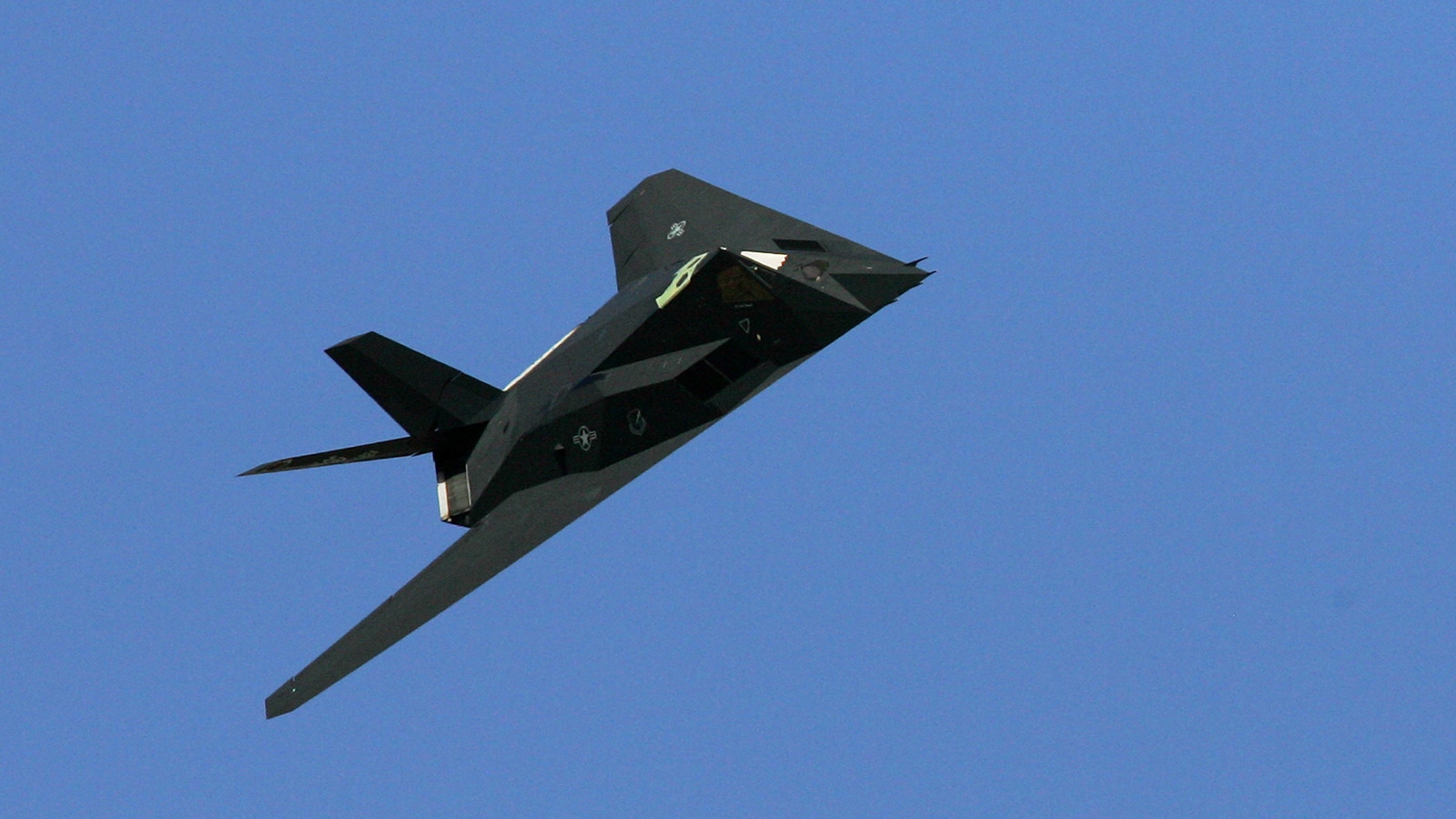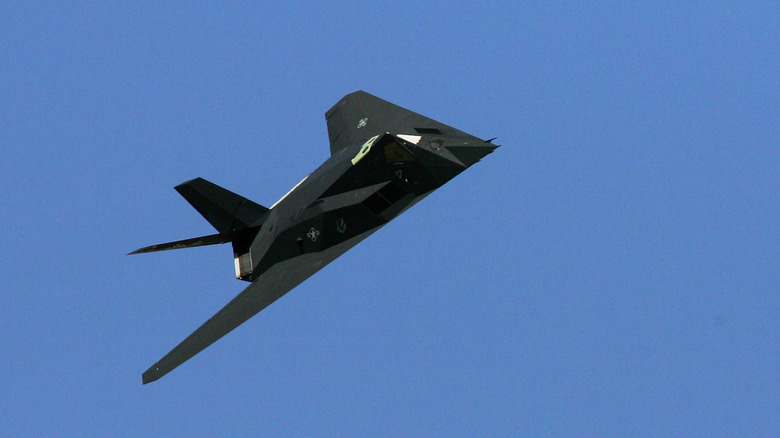In an ironic twist several years ago, Lockheed Martin’s Skunk Works, the supersecret lab that developed stealth technology and that has been implicated in many UFO conspiracy theories, wound up getting a mysterious, possibly extraterrestrial metal fragment from the military. It had been sent for evaluation after the Army struck a deal with (I kid you not) Blink-182 guitarist Tom DeLonge’s UFO-research organization To The Stars Academy of Arts & Science, who had bought the fragment in 2019. The Army legitimately wanted to find out if it could defy gravity.
If this sounds absolutely bizarre, then you should read part two of a Wall Street Journal dive into the con-jobs-within-con-jobs that have defined the obsession with UFOs for decades. Part one explained that Unidentified Aerial Phenomena and the lore that has surrounded them was an psyop designed to distract the public and intimidate military insiders into keeping quiet about advanced weaponry.
Part two chronicles DeLonge’s debris — which was supposed to have come from a crashed alien craft in Roswell, New Mexico, and was according to the Journal acquired for $35,000 — and the efforts of a Department of Defense investigator to figure out whether it was legitimately not of this world. The report also shows that UFO mythology has taken on a crazy, some might say unhinged, life of its own.
It did not come from outer space
The DoD investigator, Sean Kirkpatrick, got Lockheed to hand over the mystery metal. He then sent it to a Department of Energy lab, where it was traced to an earthbound World War II-era project. It definitely could not defy gravity. Meanwhile, Kirkpatrick and his team were running down all manner of other UFO allegations, many of which involved the Skunk Works and people who claimed to know what had really gone on there.
There were reverse-engineered alien lasers. There were crashed UFOs in Russia. There was an FBI raid of what wound up being an empty safe that was supposed to contain secret alien data. There was an actual Russian laser program that probably entailed UFO disinformation. The scale of the scam was astonishing, and we should be thanking the Journal for connecting all the dots.
As Kirkpatrick pursued all this stuff, he predictably ticked off some of the people he had investigated, who clearly had a stake in keeping the UFO narrative from being debunked. Ultimately, the overall investigation concluded that UFO claims dating back to the 1950s were baseless. The UFO gravy train, however, shows no signs of ending.
Belief in UFOs is the business now
The original U.S. government UFO psyop was wildly successful. Whoever dreamed it up is likely long gone, but their work is being carried on by a generation of opportunists who are more than happy to insist that we ignore the laws of physics. And believe that the government still has something to hide. And continue to pay attention as they go on podcasts to unravel the greatest cover up that never was. According to Politico, Kirkpatrick himself thinks that conspiracy theorists are feeding on the Pentagon’s reluctance to talk openly about UFOs.
Of course, the most amusing aspect of the Journal’s two-part foray into the convoluted realm of the big UFO story is that military secrets were being concealed at places like the Skunk Works. Secrets involving technology that you might have thought came from outer space. The F-117 Nighthawk stealth fighter, for example. Just imagine what real-world inventions the ongoing UFO myth is still distracting us from. Something might eventually defy gravity after all!





